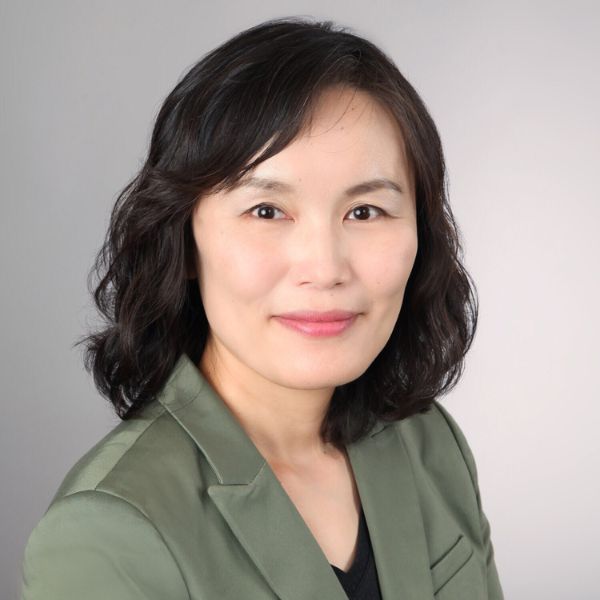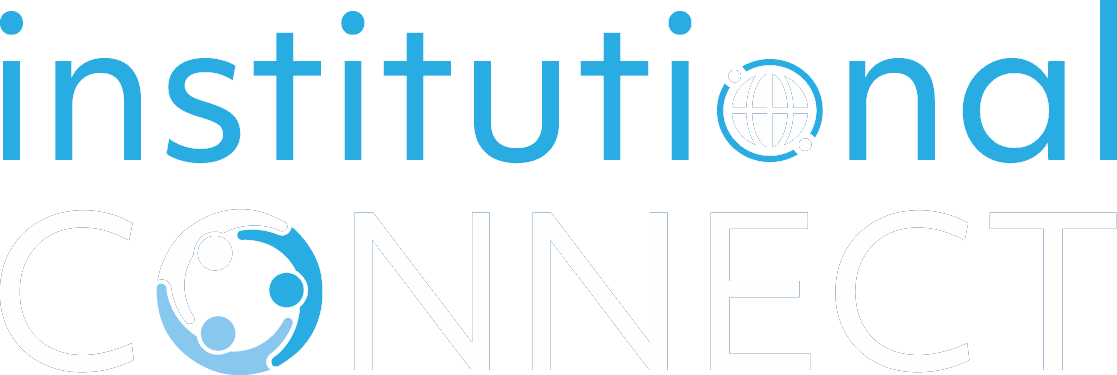
Ju Hui Lee
CFA, CAIA, FSA, FCIA, CERA, FRM
Head of Market Risk
United Nations Joint Staff Pension Fund (UNJSPF)
Ju Hui Lee is responsible for market risk oversight and asset-liability management of UNJSPF (United Nations Joint Staff Pension Fund), which manages assets of US$91.5 billion as of 31 December 2021. Before joining UNJSPF, Ju Hui worked on the asset-liability analysis of the Canada Pension Plan and the factor studies at Canada Pension Investments (CPP Investments).
Ju Hui : Funded status may not differ significantly from pension asset management, as an increase in interest rates affects both assets and liabilities. However, sudden increases in inflation can be problematic. This problem can be even more severe, mainly if the liabilities come with a COLA. From a portfolio construction point of view, I believe that the sudden rise in inflation triggers awareness of the strength of factor allocation rather than asset allocation. Factor allocation has been discussed for a long time. Still, factor exposure analysis of assets and liabilities to changes in macro variables, including inflation, is more critical than ever.
Moreover, the multi-period optimization process is preferred over the single-period myopic optimization when determining the optimal factor allocation for long-term investors. The multi-period optimization will enable us to analyze the long-term effect of macro variable changes. Ultimately, the factor dashboard will indicate which direction factors are moving against our long-term expectations. When observing deviations, it is time to consider the tactical moves. The first step is to choose which factors we are interested in.
Ju Hui : Geopolitical risk management can be seen more fundamentally as a response to uncertainty. It is because the geopolitical risk is almost impossible to estimate with certainty what is likely to happen. First and foremost, we should start thinking about geographical diversification, away from the concept of traditional diversification. Rather than the increasing allocation in a country where we expect geopolitical risk (but with no knowledge of the likelihood) because the risk-adjusted return is high, we should consider increasing allocation to other countries with low correlation with that country.
There is no single optimal solution to dealing with uncertainty. However, suppose the goal is to find the most resilient portfolio in an uncertain environment. In that case, it is appropriate to find the asset mix with the lowest downside risk through simulation or scenario analysis. This determined portfolio is, of course, not the most optimal. However, when it is uncertain what the most probable scenario is, it is the most resilient portfolio. The most important point when designing a scenario is that all variables must be consistent and coherent. It requires insight into causality beyond correlation.
Ju Hui : First, risk, return, and correlation are the same for all investors. Therefore, diversification is the key to maximizing risk-adjusted return because diversification is the only variable investors have control over. Portfolio managers may manage their portfolios as close to the benchmark as possible, but at the total fund level, the better the diversification, the lower the total fund volatility.
Second, it is essential to understand what drives volatility. We, then, certainly must consider whether this factor also affects liability. Next, we must determine if we are interested in controlling this factor. Perhaps this factor is not as vital as it offsets each other between assets and liabilities. However, suppose this factor turns out to be significant. In that case, it is necessary to understand the underlying mechanism of how an asset’s value or funding ratio changes with a change in this factor. As a result, downside risk (e.g., expected shortfall) is a more critical metric than ever.
Ju Hui : The United Nations General Assembly established 17 Sustainable Development Goals in 2015. Sustainable Development Goal 13 is about climate action, articulating it to call for urgent action to combat climate change and its impacts. As the Fund operates under the rules and regulations approved by the United Nations General Assembly, we are aware of the climate emergency and work to improve ESG integration in our investment processes with a particular focus on climate change.
Our goal is to transition our investment portfolio to net zero GHG emissions by 2050. We withdraw our investments from heavy polluters, remain in our position in transition companies, and continue investing in green solutions to do this. For example, we divested our investment from any company that generated more than 10% of our revenues from fossil fuels or more than 1% from thermal coal in 2021. As a result, we reduced these financed emissions by more than 30% in 2021.
We make climate-related decisions, which follow a well-structured oversight channel culminating with the Secretary-General. We established strategies to reduce both physical and transitional risks to reach net-zero by 2050 and meet IPCC 1.5℃. We use in-house methodologies and third parties to identify climate risks and capitalize on climate opportunities.
(See “UNJSPF The Fund in brief 2022”)
Ju Hui : To create a risk culture, risk leadership is vital. It provides clarity of direction. Once we establish the direction, responsibilities for risk management should be articulated. Moreover, employing risk management skills throughout the organization is critical to well-defined risk department construction, which is essential to building a sound risk culture. Leadership must empower the risk department and allocate sufficient resources to it. In addition, we must pay attention to the voices at all levels, not just the tone at the top, to achieve a sound risk culture. Also, we should encourage timely and transparent communication on risk at all levels.
Then, everyone should monitor if decisions are made based on risk. Leadership should link reward and performance management with appropriate risk-taking decisions to encourage risk-based decisions.
Risk-taking is essential to growth but can ruin it without proper risk management. Clear directions associated with the sound risk culture will bring growth, not distress.
